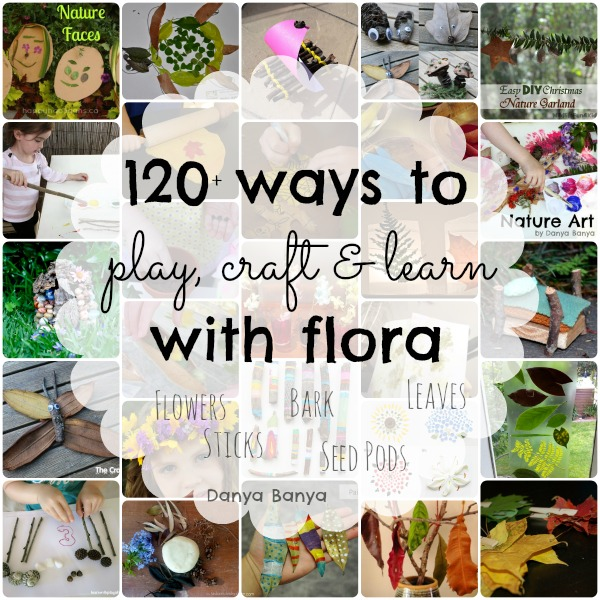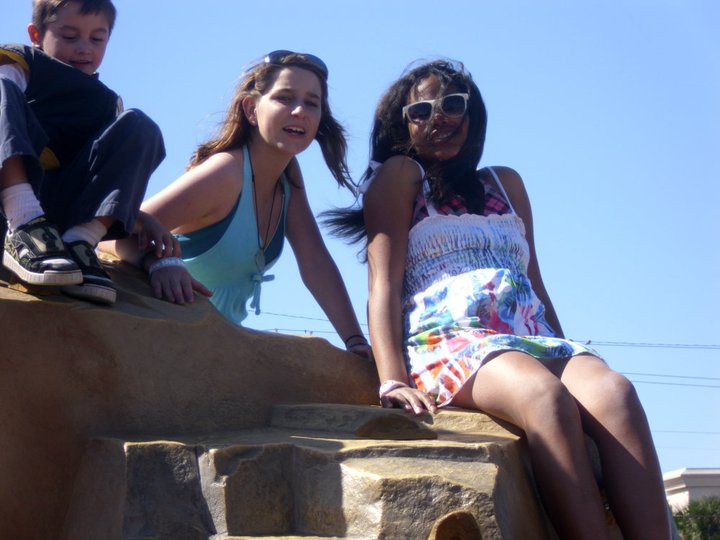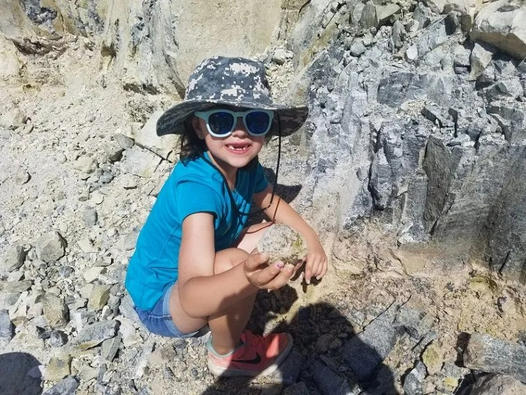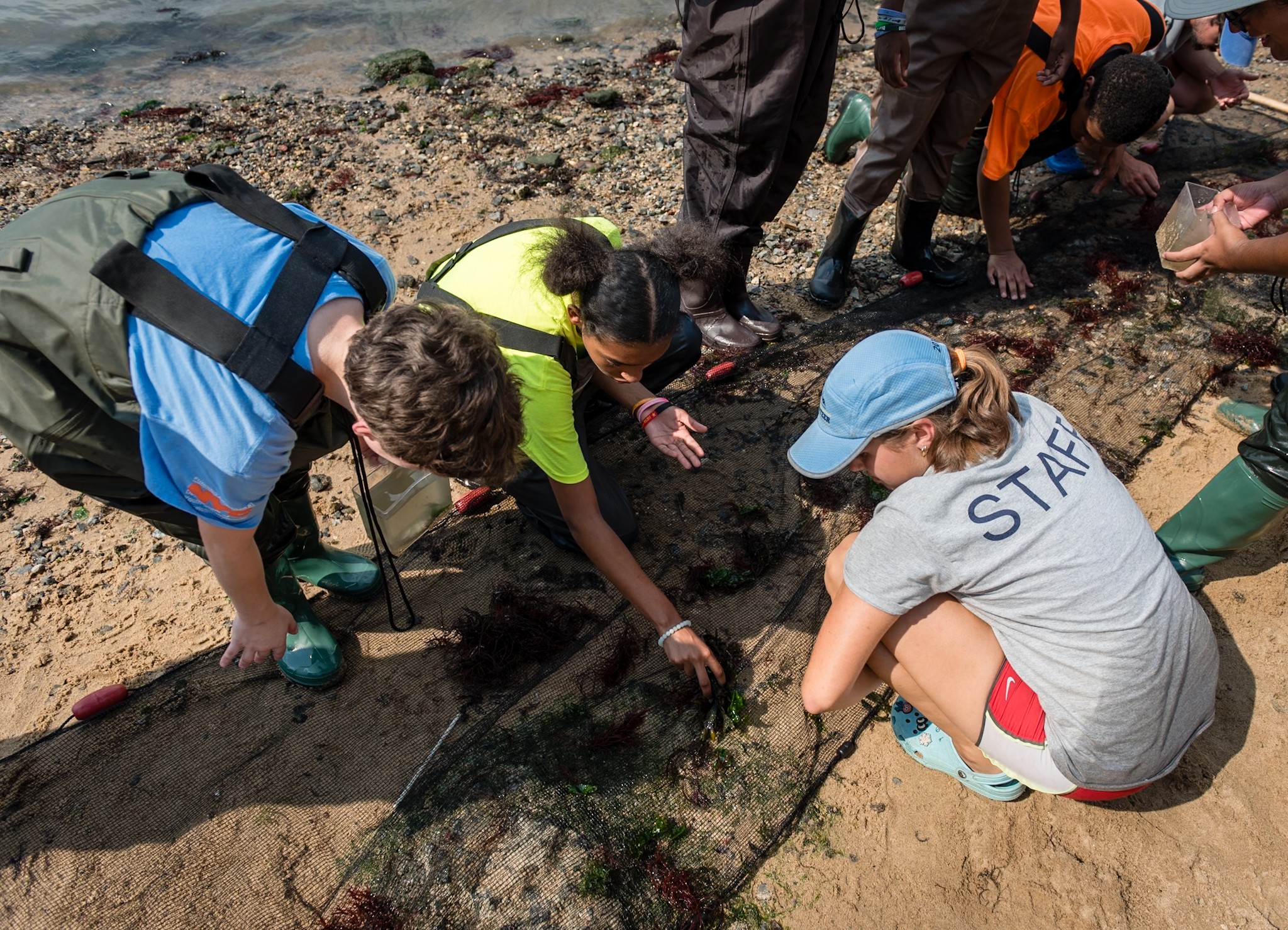

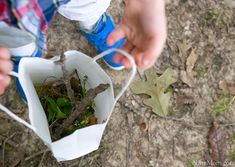
Toddler Preschool School Age Collect nature Scavenger Hunts Using Nature in Crafts
Exploring & Collecting
With Your Kids
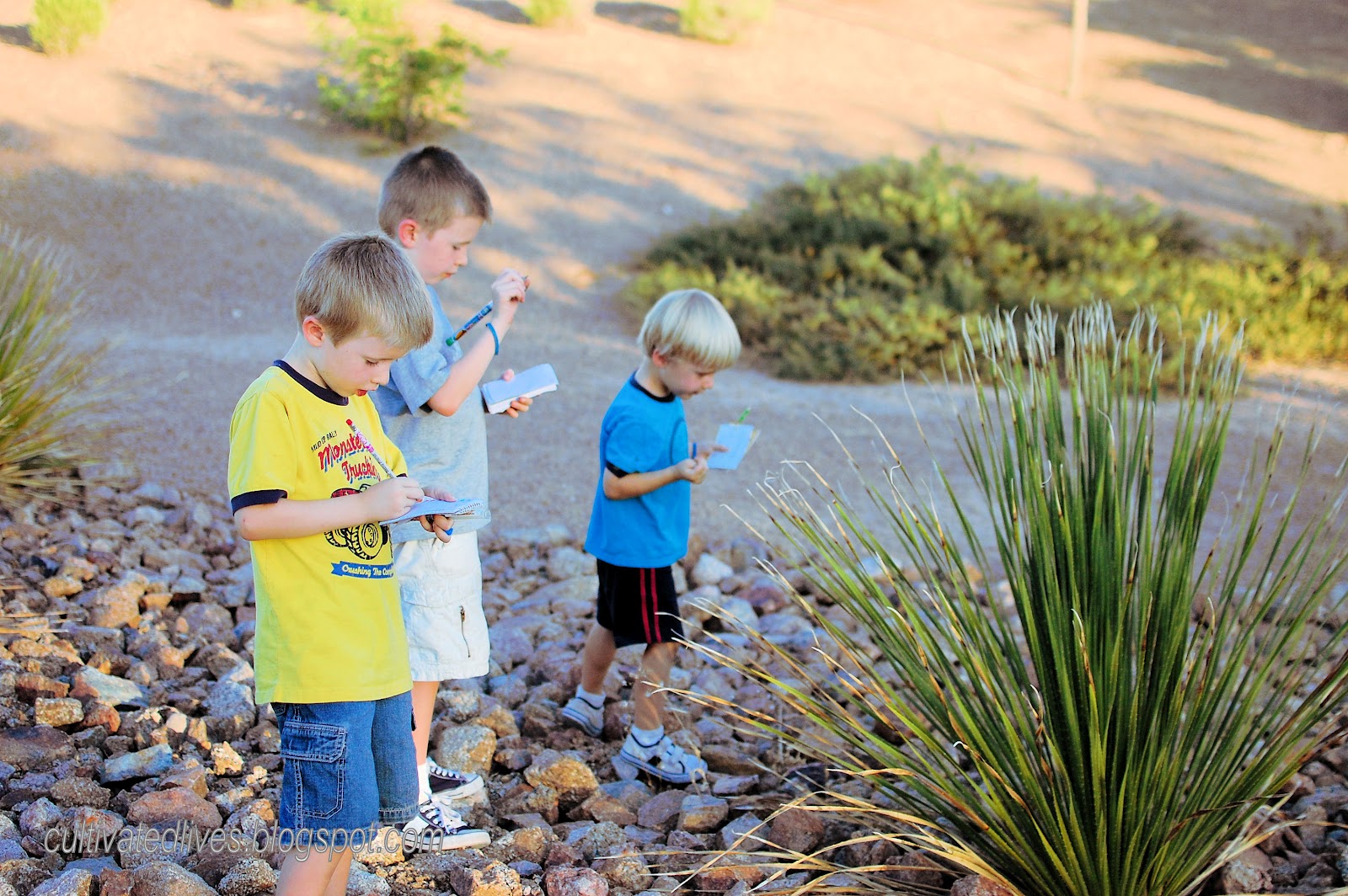
Kids enjoy collecting a wide variety of items. Popular collections include trading cards, action figures, stamps, coins, LEGO miniatures, rocks, and crystals. Other interesting collections could involve comic books, movie memorabilia, video games, marbles, or even interesting natural items like leaves or shells, flowers, rocks and more.
When starting a collection, it's helpful to choose a category that interests you and that you can easily find and store. Consider factors like the potential value, availability, and personal enjoyment when deciding what to collect. The key is turning a child’s interests to a collection that actually makes sense, doesn’t mold when left untended (old pieces of Halloween candy don’t make a lasting collection!), and doesn’t require much money.
It can be quite addicting to build a collection of something you and your children have a real interest in. This article will let you know just how many wonderfully diverse things there are out there that one can put on a shelf. After all, everybody collects something, even if they don't realize it.
Nature offers a wide array of items that can be collected, including leaves, flowers, rocks, pinecones, and feathers. Other interesting finds include seashells, driftwood, interesting sticks, and even dried fungi. For those interested in a more unique collection, consider looking for shed snake skin, owl pellets, or even unique insects. Always be mindful of local regulations regarding collecting in protected areas. Here's a more detailed list of items you can collect from nature:
Common Items:
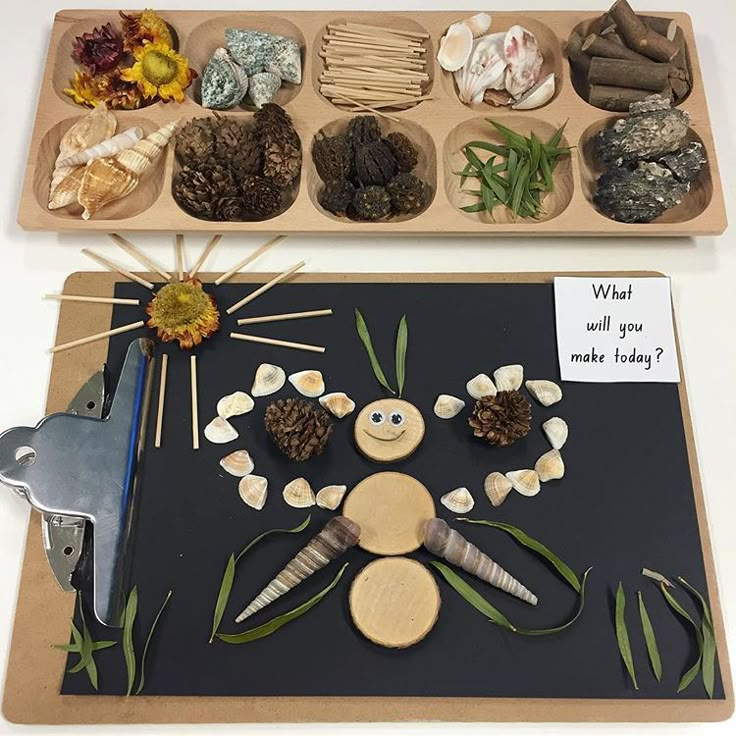
Leaves: Look for interesting shapes, colors, and textures.
Flowers: Press and dry wildflowers to preserve their beauty.
Rocks: Explore different shapes, sizes, and colors of rocks.
Pinecones: Various sizes and shapes of pinecones can be found.
Feathers: Feathers are often found on the ground and can be a great addition to a collection.
Seashells: If near a beach, collect seashells of different shapes and sizes.
Driftwood: Pieces of driftwood can be used for crafting or decoration.
Sticks: Look for interesting shapes and textures in sticks.
Acorns: A classic item to collect, especially in the fall.
Seeds: Collect seeds from various plants and flowers.
Sea glass: Often found on beaches, sea glass is naturally tumbled and smoothed by the ocean.
Dried flowers: Perfect for crafting or adding to potpourri.
Birch bark: Collect fallen bark from birch trees.
Lichen and Moss: Found on trees and rocks, these can be used for crafting or terrariums.
Greenery: Various types of greenery can be collected for decorative purposes.
Pinecones: Collect different types of pinecones from various trees.
Branches: Look for branches with interesting textures, lichens, or shapes.
Fossils: If you are lucky enough to find fossils, be sure to learn about their origin and preservation.
Insects: Dried insects can be added to a collection, but be mindful of their habitats and avoid disturbing them.
More Unusual Items:
Owl pellets: These pellets are regurgitated by owls and can contain bones and other interesting items.
Shed snake skin: A fascinating find, shed snake skin can be collected and preserved.
Skulls and bones: If you find animal skulls or bones, be sure to identify them and learn about their origins.
Bird nests: While it's important not to disturb active nests, you can collect abandoned nests.
Deceased insects: Dried insects can be added to a collection, but be mindful of their habitats and avoid disturbing them.
Sea glass: Naturally tumbled glass found on beaches.
Seaweed: Dried seaweed can be used in crafts and decorations.
Shells: Various types of shells, from the beach or inland.
Important Considerations:
Respect nature: Be mindful of the environment and avoid disturbing plants, animals, or their habitats.
Don't collect protected species: Be aware of local regulations regarding protected plants and animals.
Leave more than you take: Ensure that you are not depleting the natural resources you are collecting from.
Respect private property: Do not trespass on private property to collect items.
Dry and clean items properly: Ensure that any items collected are dried thoroughly and cleaned before displaying or storing.
Nature Collection Activities
Your Kids Will Love
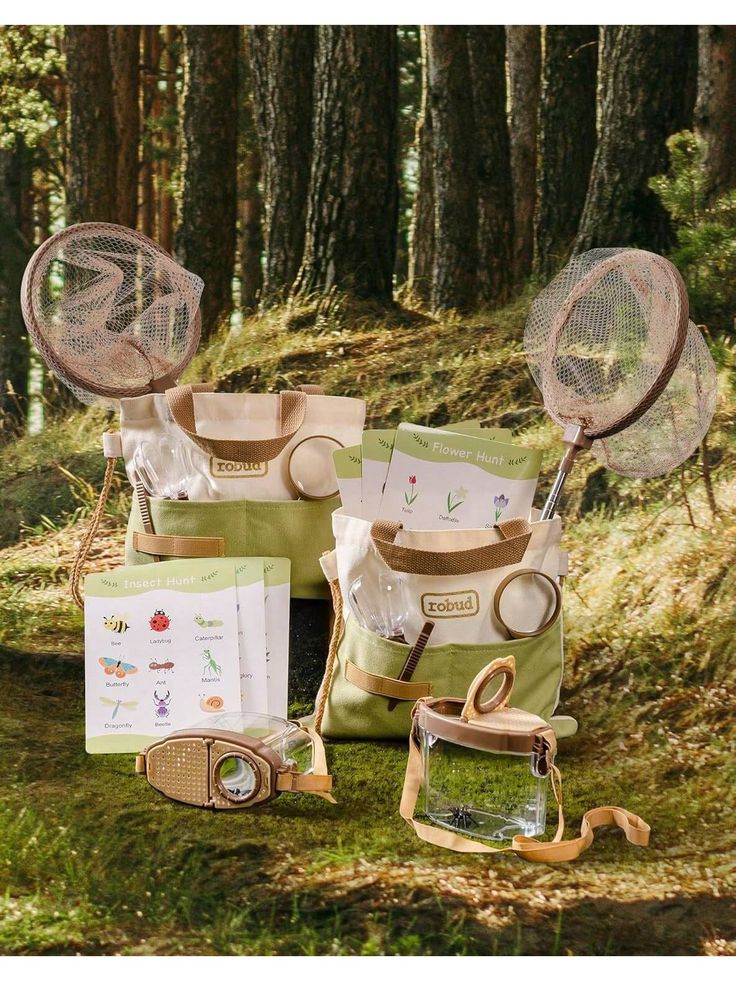
Spring and Fall are my favorite perfect time of year to encourage your kids to take a break from their devices and soak in the crisp, fresh air.
Need help getting them out the door? We’ve got some simple ideas to get kids excited about abandoning their screens. The best part is, most of these ideas are completely free!
Collecting natural objects when you’re out and about enjoying the fresh air is a great way to find craft and play materials.
You’ll find all kinds of inspiring and beautiful items regardless of where you are. And this post is designed to give you a bit of guidance about the rules and etiquette involved.
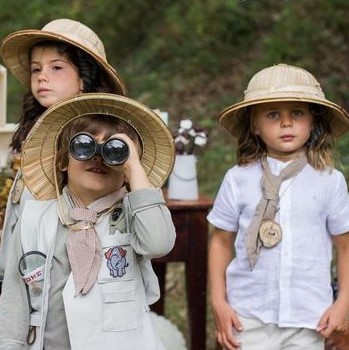
Put on your Hiking hat and go exploringwith them
Exploring for natures treasures offers endless room for creativity, and it encourages your little adventurers to get outside more regularly. Nature walks or strolls sharpen their observation skills, encourages curiosity and deepens their connection to nature. I do recommend that you use your backyard as a training space with printable and age appropriate scavenger hunts that provide an introduction to the native plants and animals in your area.
Make sure that you know the unfriendly, dangerous, poisonous critters and foliage so you can teach them.
Here’s just a few ideas:
Collect treasures that catch their attention in a paper bag
Use themes, picnics and hunts to keep things interesting while you are hiking and exploring. Personalizing them to your child's interests like frogs, bugs, foraging for certain berries or flowers that are seasonal adds to the fun.
Use crayons to make leaf rubbings or bark rubbings
Use play dough to make imprints with natures little bits or tree trunks
Document first experiences and nature discoveries with a camera or customised and buddy art (animals, weather, plants, etc.)
Discover more about the "story" as to why you found the specimen in that area. Identify the specimen or critter and explore the areas surrounding areas for similar collectables. Its the story that stimulates
their curiosity as well as what forms a connection or attachment to the specimen.Develop sensory hikes seeking specimens and asking them questions to develop their observation skills;
What does it feel like?
What caught your eye or how did you see that?Does it smell?
How do your think it tastes?
How does it feel?
Sketch the native plant life, animals and insects or replicate their color on coloring sheets. Hope always wanted to paint the Indian paint brush in Colorado, even when she was itty bitty.
Write a story or poem about your outdoor adventure
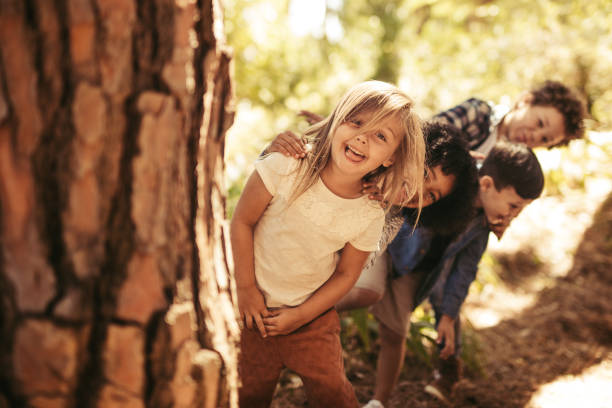
Rock weaving and other collection hacks
Rock weaving is a great activity for helping kids develop their motor skills. Take a walk and have them search for a large rock (but not so large that they can’t carry it).
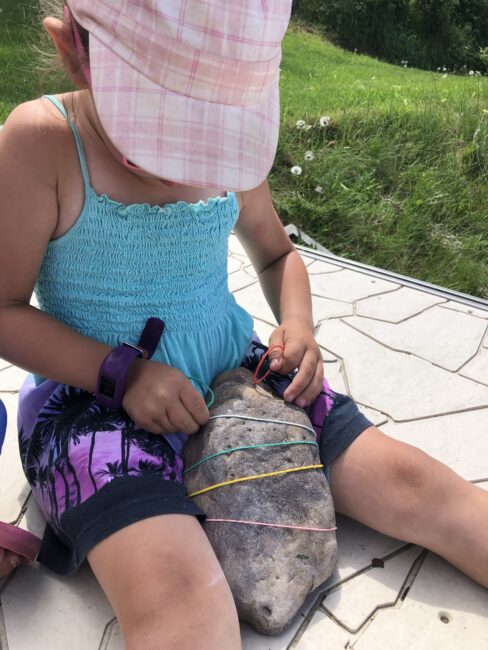
Then, give them some colorful rubber bands to wrap around the rock. From there, they can collect outdoor materials to weave between the rubber bands on the rock. The rock serves as a canvas, and the pieces of nature they collect are the paint.
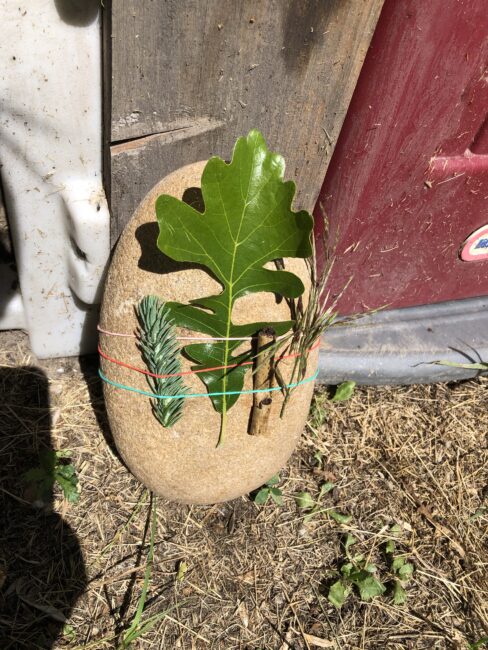
Plus. I’m sure you’ve heard this phrase multiple times before… “Wow, look how cool this rock is. Can I keep it?”
With this nature collection activity, you can finally make use of all those rocks and sticks your children love to collect.
In fact, some of these activities will focus your child’s attention so they are looking for more specific details in the nature items they find.
At the very least, it will allow them to burn off some energy running around!
Personalized magic wands or Hiking and journey sticks
What kid hasn’t waved a stick around pretending it was a wand? Nature gives them the perfect chance to put their own whimsical touch on it!
Send them off to find the perfect magic wand stick and use nature as a way to personalize it. From flower petals to leaves to blades of grass, there are plenty of creative ways for them to make it their own.
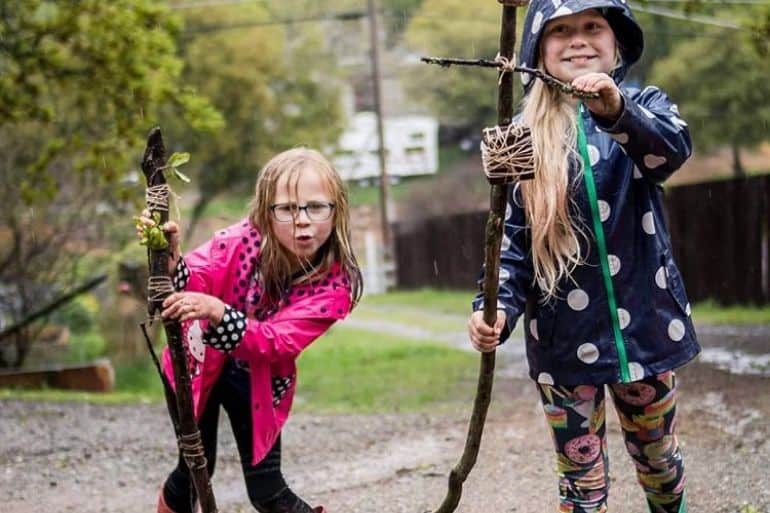
First, take your children on a stick hunt.
This can be an adventure in itself!
Or pull some sticks out of your kids already growing nature collection.
Of course, my boys had to pick up the biggest stick they could find. So they made them into a hiking stick instead.

Rock collections
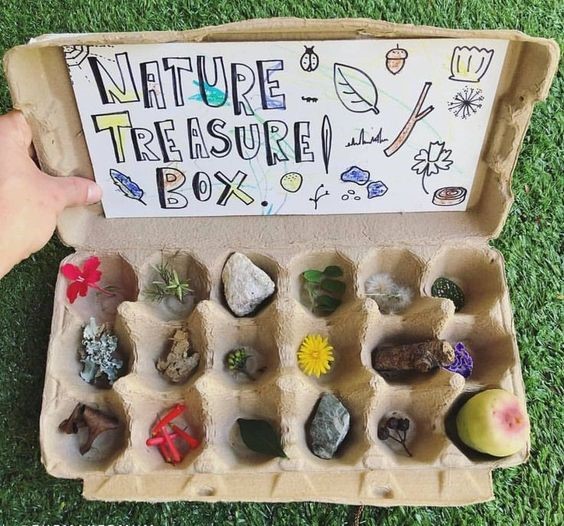
There are thousands of different rocks out there. Have your kids start a collection of different colors, shapes, and sizes. Rocks are easy to search for, and if you want to do additional activities with them, the sky is the limit.
Some kids love to stack rocks while others want to draw on them. Allow nature to be their canvas and go all out!
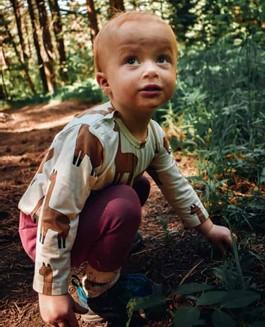
This type of nature collection was so not only fun for my kids but was also fun for me. I just was intrigued by how many different rocks got in one small area anywhere on our planet.
We made a family photos of the many ways that we thought of, to find or use sticks and stones!
Let the kids be creative and have some fun here.
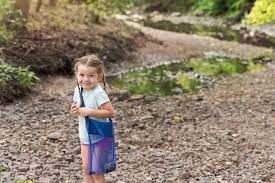
They can collect treasures from a boat, on top of high rocks, climbing mountains, or even fishing in the picture.
You could even get your pets to help.
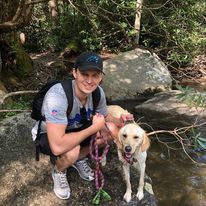
Just a note, you can use tacky glue to place everything onto a plain canvas panel for pebble art.
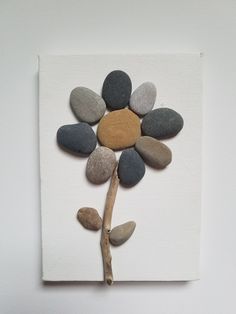
Or make creative nature frame for your family photos.
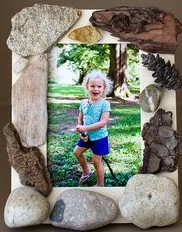
Have fun with this twist! Nature frames are both fun and easy for little ones. We sure did!
Nature Collection Rock Dominoes

My girls love to play dominoes!
In fact, we own multiple sets (some with dots, some with pictures and even some with letters and sight words).
One day as we were down at the lake, a thought came to me as my girls were collecting rocks for the millionth time.
Why not make rocks into dominoes?
To make our set, we used colored sharpie markers.
The girls were so excited that they had to help too.
Hence, why some of the domino dots are a little off. However, this turned out to be awesome bonding time for us!
Rock Coloring and Hiding
This last nature collection activity is my kids all time favourite.
They will do multiple times every summer.
To do this activity, have your children color rocks with colored sharpie markers.


They can create anything. The possibilities are endless.
If you have older children, they could also write words of encouragement on their rocks.
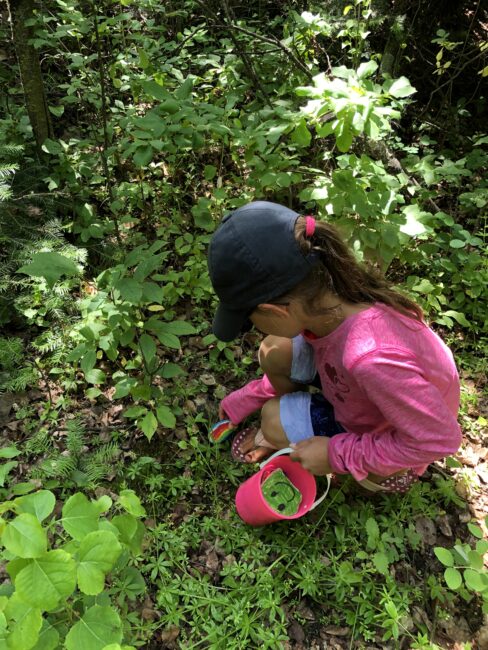
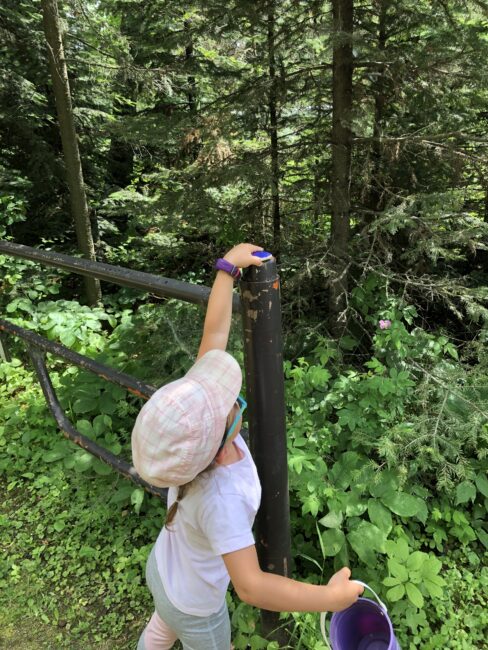
Next, go to a local park, trail, or campground.
Have your children hid the rocks in random places for other people to find and treasure.
Like I said, my girls will do this multiple times.
Once their rocks were all hidden this time, they already wanted to collect more to color.
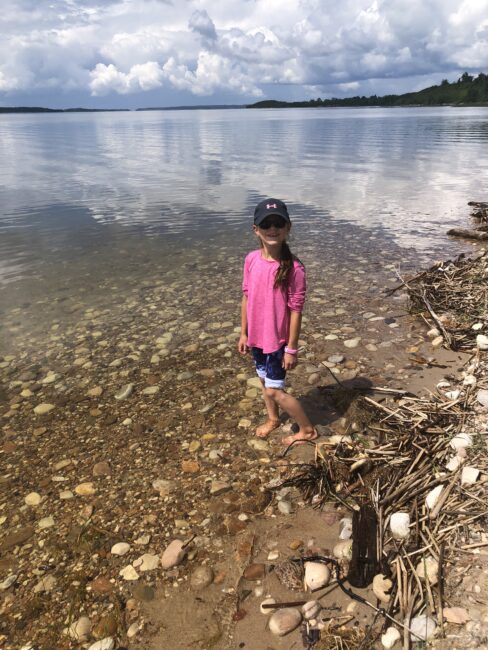
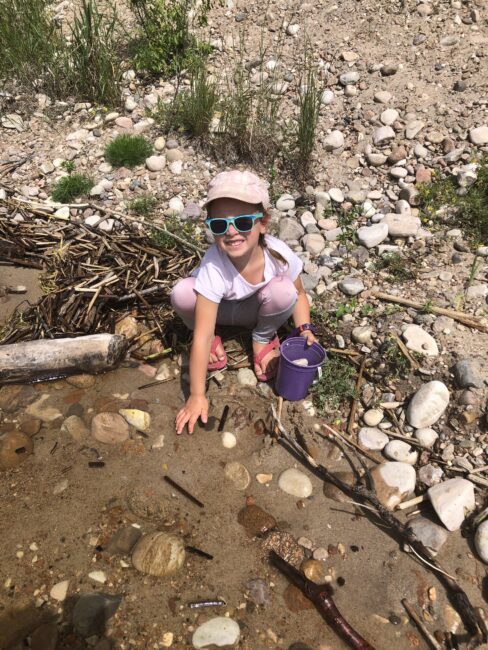
Use those sticks and stones that your child has collected and make some fabulous family projects to secure the memory of all the fun that you had.
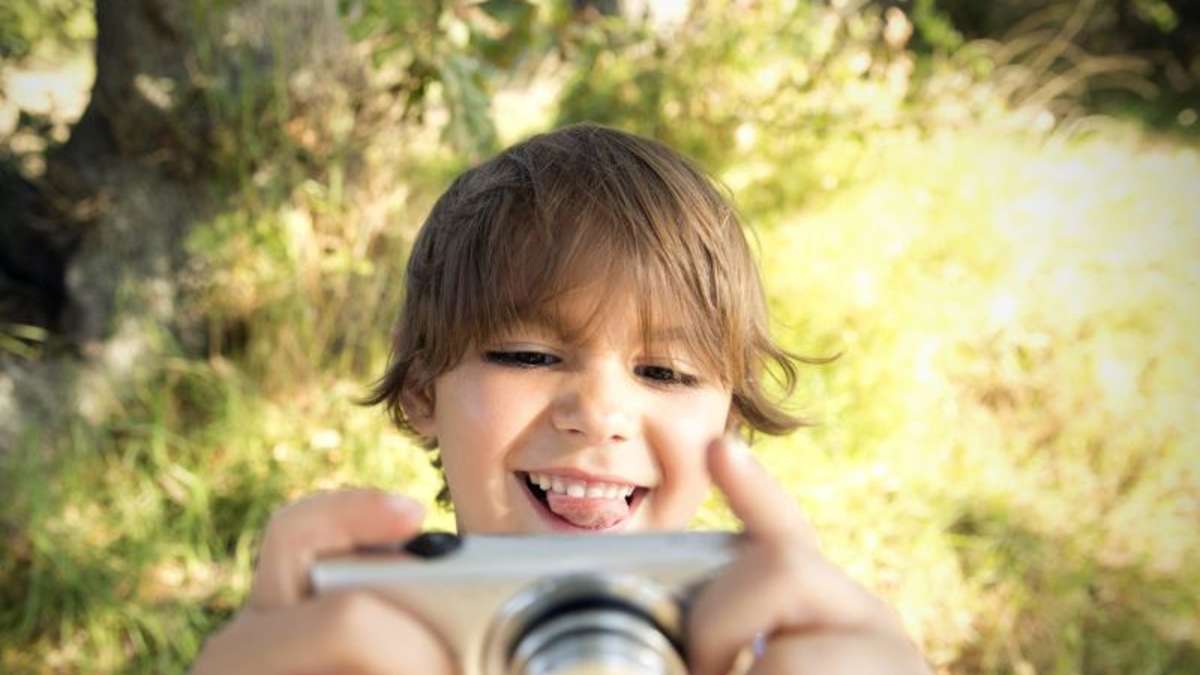
Grab a polaroid and go outside
Do you have an instant-print camera on hand? Head outdoors and hand it off to younger kids. Ask them to take pictures of interesting things they see along the way. From trees to rocks and streams, you can build a beautiful collection of outdoor photos from your child’s perspective.
As kids grow older they become tech crazy so hand them a digital camera where they can snap all the photos that they want to. Then you can take it home and create a fun collage or photo memory book from the journey.
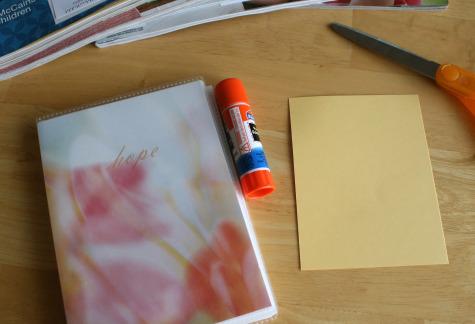
Plus there is no way to build kids’ stamina without pushing their limits. They’ll ordinarily get hungry, tired and express the feelings we all feel when we exert ourselves. But learning to feel and manage a little struggle will serve our kids well. The only ones really suffering were us, caught in the chasm between our vision of “family hikes” and the real deal. Right?
Here's one of my favorite photos that the boys snapped of baby Hope camping with us. I would have never thought to snap it and I just love it.

Or another photo when she was playing with sticks during a Sunday picnic.

Let them use their own creativity for photo memory books and projects. Other photo inspirations from other projects:
Exploring and Collecting Nature in Specific Greenspaces
Being in nature is great for us in so many ways but being in the forest is very special. Spending time in the forest has been found to reduce stress, anxiety, depression, and anger, strengthen our immune system and boost overall wellbeing. Wow!!!
There is a higher concentration of oxygen in the forest, according to Japanese medical doctor and researcher Qing Li, compared to an urban setting. Exposure to the plant chemicals, that are part of their defense system, has measurable health benefits for us. Benefits such as a reduction in physiological stress, lowered blood pressure and heart rate. Evergreen forests are particularly beneficial for our health. You sleep better when you spend time in a forest, even when you don’t increase the amount of physical activity you do. It is simply enough to just be in the forest to take in the health benefits. Nothing additional is required!
Remember to prepare your little ones for new experiences with nature related books, videos and any other media that your child enjoys.
Maybe build a miniature pond or other
small world wild waters and wetlands or forest
treetops full of flying birds and bugs and even little furry creatures.
Even the dirt and plants interests them when furry critters run and scamper about or slimmy slithering creatures crawling and hopping around. They They are being taken to a new and
exciting place with all sorts of new
things to explore with their senses.
Walking and Talking
Spending time with your little one outside also provides new opportunities for language development. As you walk around, narrate what you see and try to react to your baby’s sounds and gestures. Known as “serve and return,” this kind of early “conversation” with your baby can have a major impact on their language and cognitive development.
A 2014 study found that toddlers are more likely to try to verbalize experiences they’ve had outdoors: “When an child feels the leaves or notices the airplane in the sky, they are more inclined to verbalize this experience because it will elicit a favorable response by their caregivers.”
If your child looks at a tree, for example, get close and invite them to reach out a hand to touch it, describing what they’re seeing and feeling: “you’re touching the bark of the tree. It feels rough, doesn’t it? The bark helps protect the tree.” If your baby reacts to a sound, try to find the source and name and describe it; if something captures their gaze, try to go investigate.
Collecting and Exploring at the Beach

Beachcombing, or collecting natural items on the beach, is a popular activity where people search for and collect objects like shells, rocks, and sea glass. It's a way to explore nature and find unique treasures, but it's important to do so responsibly, leaving the beach clean and undisturbed.
What to Look For:
A wide variety of seashells are commonly found on beaches, offering beauty and a glimpse into the ocean's life.
Formed when broken glass is smoothed and rounded by the ocean's waves, sea glass is a unique and often colorful treasure.
Beaches often have a variety of rocks and pebbles, some with interesting shapes or colors.
Washed up pieces of driftwood can be used for crafts or added to a nature collection.
Various types of seaweed can be collected and explored, with some being edible or useful for crafting.
Responsible Beachcombing:
Leave No Trace:
Avoid taking excessive amounts of any items, as this can disrupt the beach ecosystem.Respect Wildlife:
Be mindful of wildlife, such as birds and sea turtles, and avoid disturbing their habitats.Leave Rocks Intact:
Rocks are important for erosion control and should not be removed from the beach.Check for Regulations:
Some beaches may have restrictions on collecting certain items, so be sure to check local rules.Sort and Evaluate:
Before bringing items home, consider if they are truly necessary and return them to the beach if they are not.Clean Up:
If you find litter, be sure to remove it and dispose of it properly, contributing to a cleaner and more enjoyable beach experience.
Collecting and Exploring the Woods or Parks
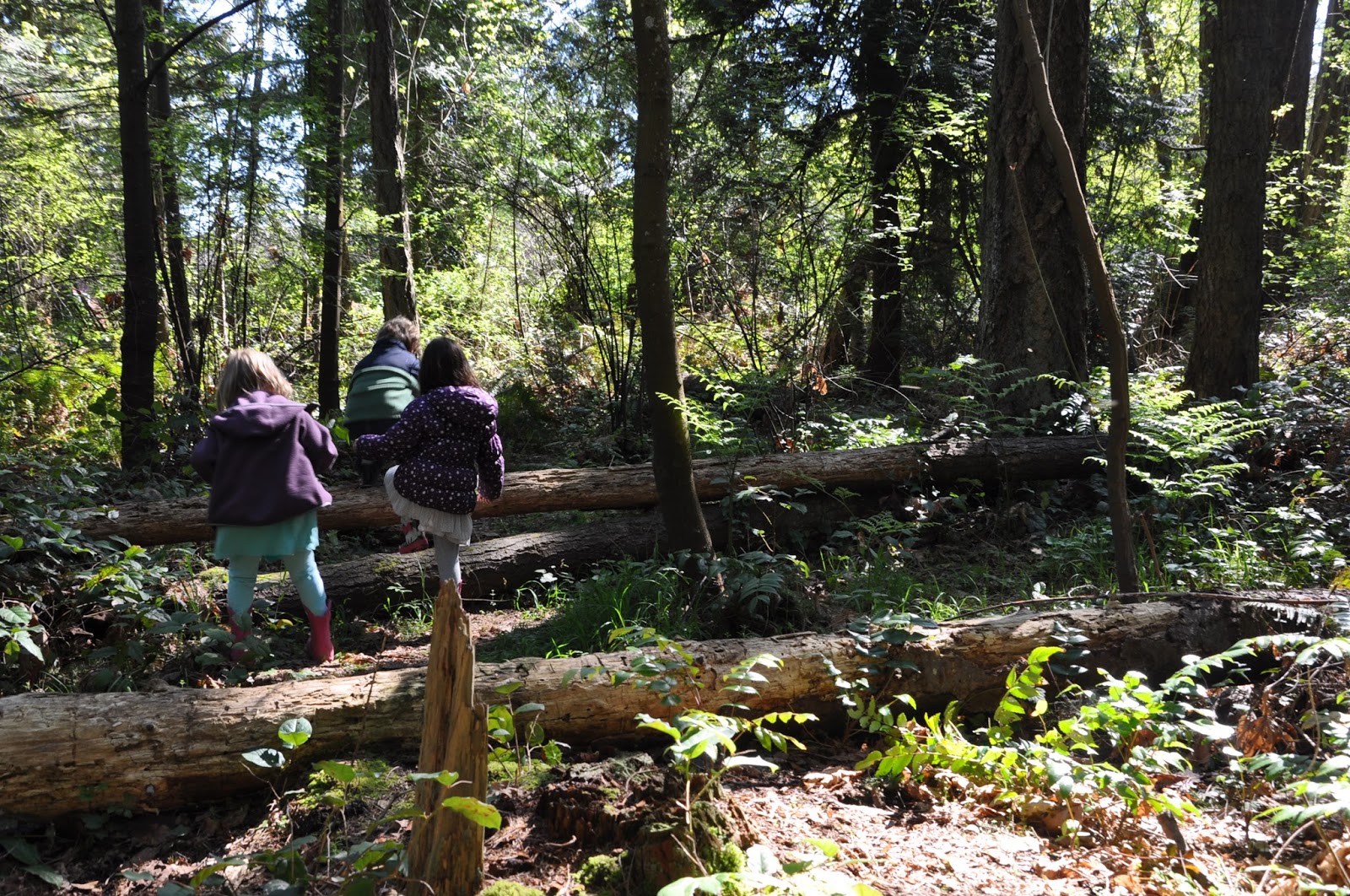
Scavenger Hunts for the Woods and Parks
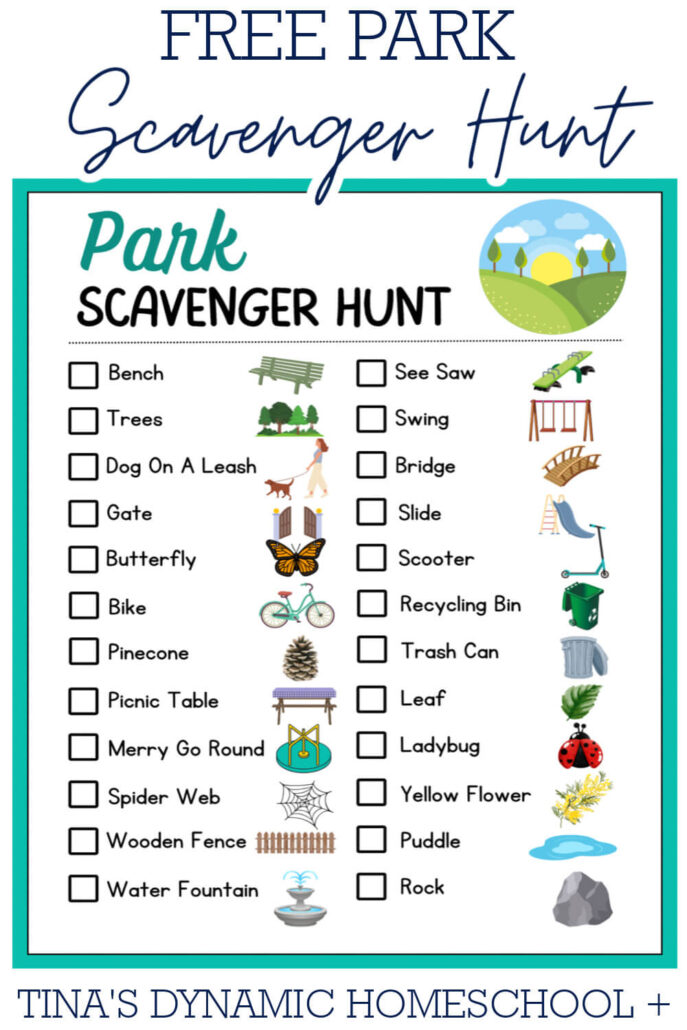
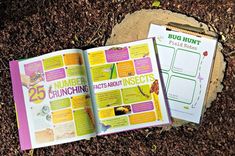
17 Fun Things to Do at the Park
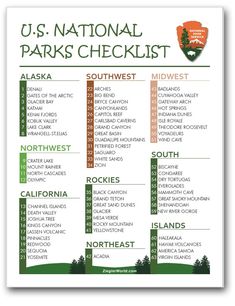
US National Park Checklist & Color Map - Laminated & Double Sided - Ultimate list of 63 National Parks On Amazon
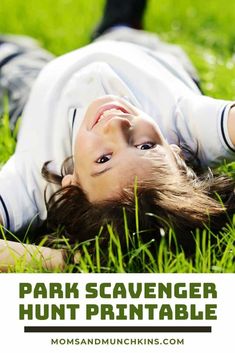
Park Scavenger Hunt (Free Printable Game) - Moms & Munchkins
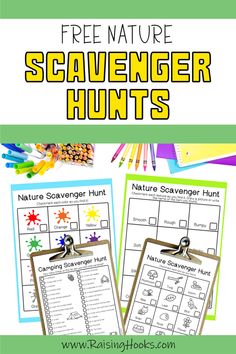
Free Nature Scavenger Hunts for the Woods and Countryside
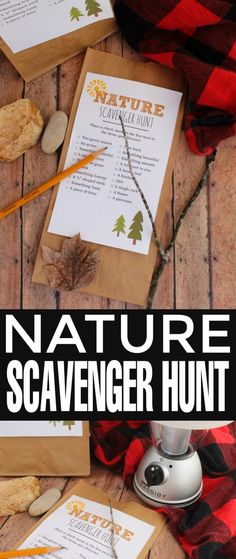
Nature Scavenger Hunt Printable
In the woods, you can collect a variety of natural items like leaves, flowers, acorns, pine cones, twigs, and feathers for crafts, art, or nature studies. You can also find shells, pebbles, and driftwood by the ocean, or even search for animal tracks and evidence like feathers, fur, or bones. Additionally, some people collect insects, mushrooms, or even explore for edible plants and fungi.
Here's a more detailed look:
For Crafts and Art:
Leaves and Flowers:
Collect colorful leaves and dried flowers for pressed botanical art, nature collages, or wreaths.Twigs and Sticks:
Unique shapes and sizes of twigs can be used for creating nature sculptures, frames, or even as art supplies.Pine Cones and Acorns:
These are great for crafts, decorations, or even as a natural plaything.Feathers:
Feathers can be added to crafts, used in nature collages, or even displayed as a unique decoration.Driftwood and Sea Glass:
If you're near the ocean, collect driftwood and sea glass for coastal-themed crafts.
For Nature Studies:
Look for animal footprints, scat, or other signs of wildlife in the woods.
Collect old bird nests (after nesting season is over) for displaying or as a part of nature study.
Observe and collect insects (dead, for study purposes) or even explore for live spiders, salamanders, or other small creatures.
If you're interested in identifying and appreciating mushrooms, you can carefully collect and study different types.
Collect seeds and nuts for planting or as a way to learn about local plant life.
For Edible Items:
If you're knowledgeable about edible plants, you can collect berries and nuts for food.
Some people collect edible plants like wild leeks or mushrooms (like morels) for culinary purposes.
If you have maple trees, you can tap them to collect sap for making maple syrup.
Tips for Collecting:
Be Respectful of the Environment:
Don't damage plants, take only what you need, and leave the area as you found it.Educate Yourself:
If you're interested in collecting edible plants or fungi, make sure you're properly trained in identification to avoid accidentally consuming poisonous items. Document Your Finds:
Keep a notebook, photograph albums or a journal to record what you've collected, where you found it, and any observations you've made.
Collecting and Exploring In Your Backyard


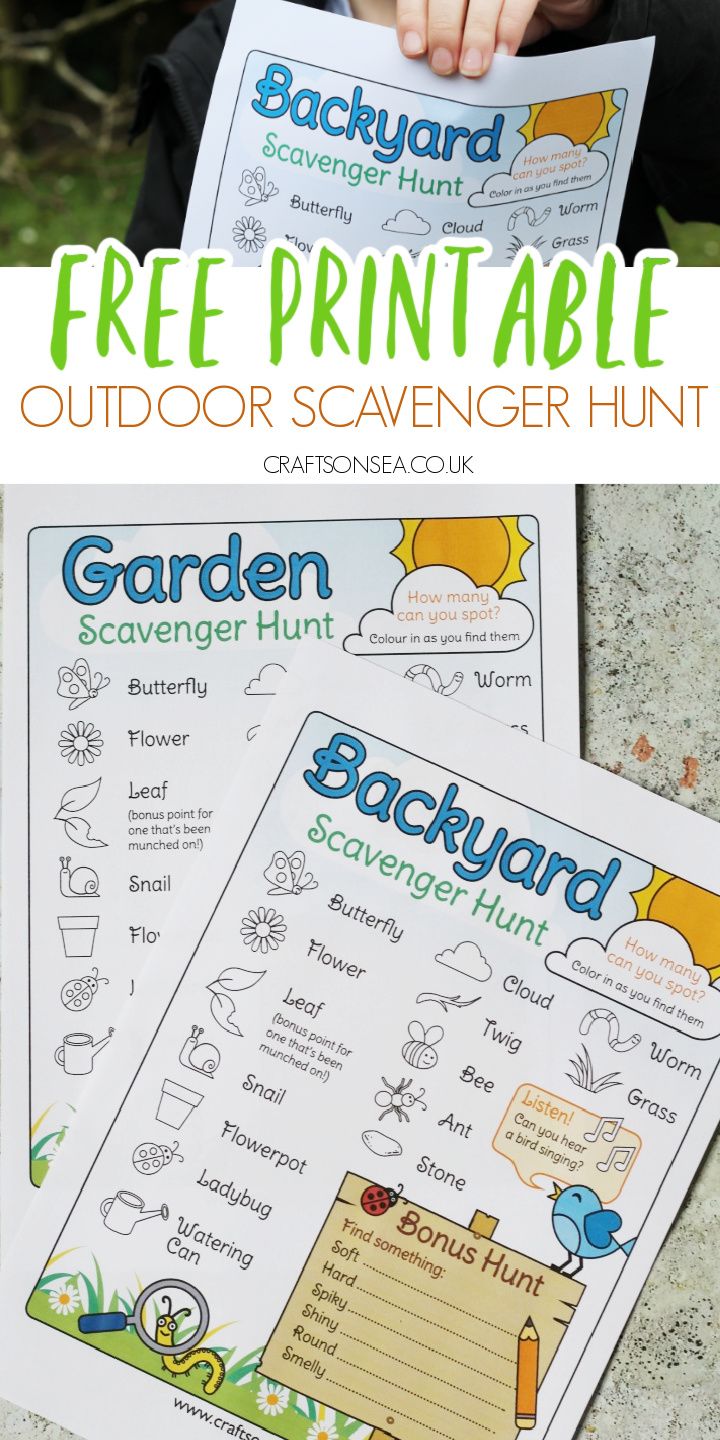
You can collect a variety of items from your backyard, depending on the season and what's growing or present. You might gather flowers for bouquets, leaves for crafts, or seeds for planting. Additionally, if you have a compost pile, you can add yard waste to it.
Here's a more detailed look at what you might collect:
For Nature Lovers:
Flowers: Collect colorful flowers for bouquets or to dry.
Leaves: Gather fallen leaves for crafts, composting, or creating leaf piles for wildlife.
Seeds: Collect seeds from flowers and plants to plant in the future.
Stones and Pebbles: Use them for landscaping projects, creating art, or adding a natural touch to your yard.
Twigs and Branches: Collect small twigs for crafts or to add to your fire pit.
For Gardeners:
Collect leaves, grass clippings, and other plant debris to compost or use as mulch.
Add collected yard waste to your compost pile to create nutrient-rich soil.
For Crafts and DIY Projects:
Twigs and Branches: Use for crafting, creating bird feeders, or adding to a fire pit.
Rocks and Stones: Use for creating a garden, adding to a path, or crafting art pieces.
Natural Materials: Use leaves, twigs, and other found objects for crafting and decorating.
For Others:
Bird Feeders: Collect small twigs and branches to create bird feeders.
Bird Baths: Use rocks and stones to create a bird bath.
Compost Bin: Add collected yard waste to your compost bin.
Important Considerations:
Safety: Be mindful of any potential hazards, such as poison ivy or stinging insects.
Local Regulations: Check with your local community for any restrictions on collecting materials.
Respect for Nature: Leave some natural resources for wildlife and future enjoyment.
You can collect various items from riverbanks, but it's important to be mindful of safety, regulations, and the environment. Here are some examples of what you might find:
Natural materials:
Rocks and minerals: Riverbeds and banks often reveal interesting rocks and minerals that have been shaped and transported by the water.
Driftwood and fallen branches: These can be used for crafts, landscaping, or as natural décor.
Riverbank grape (Vitis riparia): In season, you might find edible riverbank grapes, but be sure to properly identify the plant before consuming its fruit.
Potentially interesting finds (with caution):
Artifacts: River erosion can sometimes reveal historical artifacts left behind by previous inhabitants or travelers.
Lost or discarded items: From tools to personal belongings, you might stumble upon various items, including valuables (like the rare case of finding safes filled with cash while magnet fishing).
Important Considerations:
Safety first: Always prioritize your safety when exploring riverbanks. Be aware of unstable banks, swift currents, and potential hazards like broken glass or sharp objects.
Environmental impact: Be respectful of the river habitat and its wildlife. Avoid disturbing animals or their nests, and take your trash with you.
Local regulations: Before collecting anything, familiarize yourself with any local rules or regulations regarding collecting from riverbanks in your area.
Weil's disease: Be cautious of Weil's disease, which can be transmitted through contact with contaminated water or soil. Wash your hands thoroughly after visiting the river.
Items to Avoid:
Animals and plants: Do not take animals from their habitat, and avoid collecting live plants unless you have a permit or are certain of their proper identification.
Hazardous materials: Leave any potentially hazardous materials, such as chemicals or damaged containers, alone and report them to the appropriate authorities.
Very heavy or hazardous items: Do not attempt to move extremely heavy or dangerous objects without proper assistance or equipment.
Remember to research the specific riverbank you plan to visit and take appropriate precautions to ensure a safe and enjoyable experience.
Exploring And Collecting in the Countryside
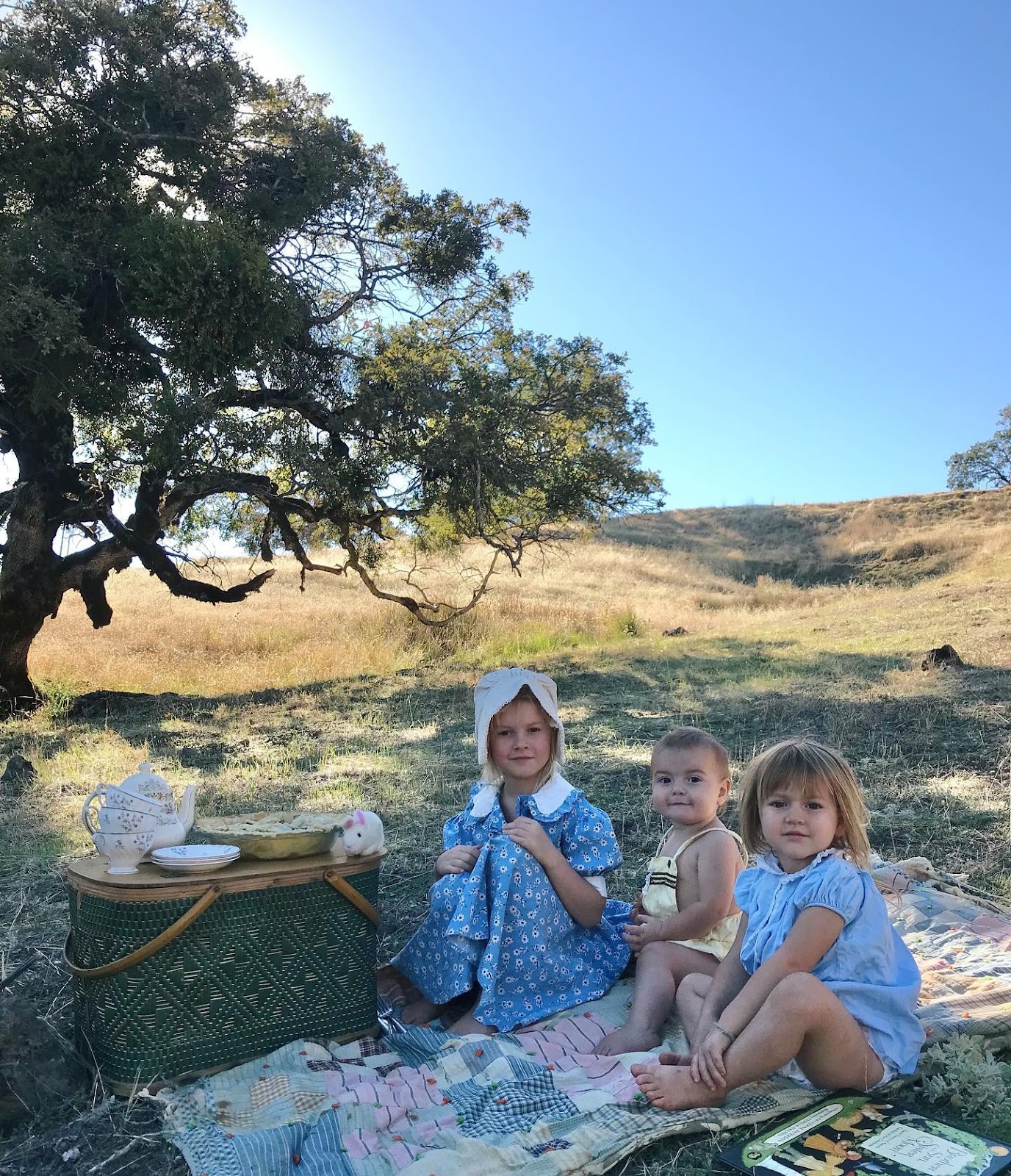

Get Outside & Discover Nature with This Scavenger Hunt
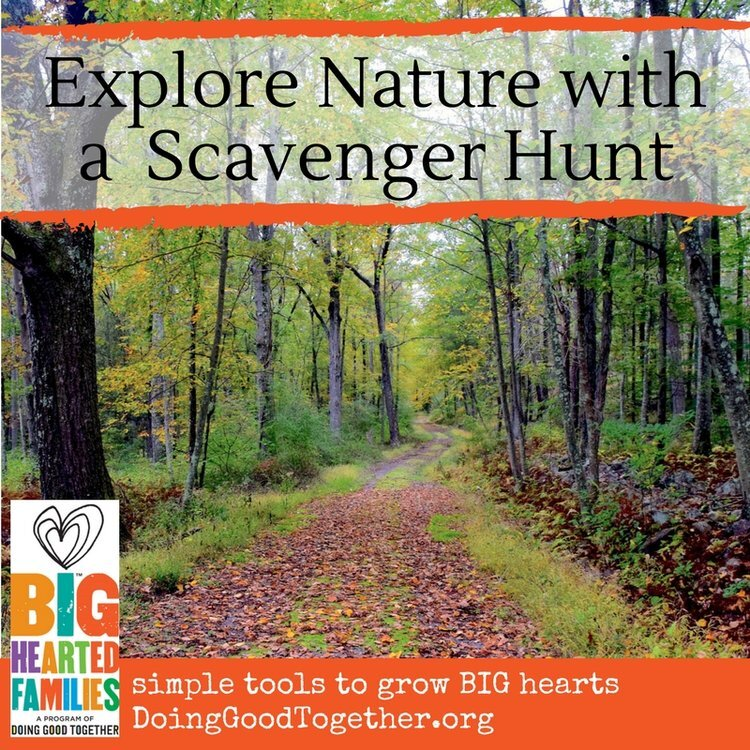
Try This Nature Scavenger Hunt
When visiting the countryside, consider collecting natural elements like wildflowers, interesting stones, or unique pieces of wood. These items can be displayed as part of a natural art collection or used in crafting projects. You could also find locally made goods like pottery, clothing, or food products to remember your trip.
Here's a more detailed look at what you might collect:
Nature:
Flowers: Preserve pressed flowers in a scrapbook or use them as decorations.
Stones: Collect unique stones or pebbles that catch your eye. These can be used in landscaping, art, or displayed as keepsakes.
Wood: Collect interesting pieces of wood, such as fallen branches, for art projects or as decorative pieces.
Local Goods:
Clothing: Purchase locally made clothing like scarves, shawls, or t-shirts that capture the essence of the place.
Pottery: Consider buying locally made pottery items as a souvenir.
Food: Pick up local delicacies like honey, jams, or cheese as keepsakes.
Other:
Books: Find interesting books from each place you visit to display on your coffee table or add to your collection.
Coins: If you're traveling internationally, consider collecting coins from each country.
Small gifts: Look for unique and small gifts from local stores or craft fairs.
Exploring and Collecting In Urban Settings
Urban Hike Scavenger Hunt

To stay engaged on my walks and backyard perusal, I’ve created a scavenger hunt of sorts, and I challenge you to play along. Afterall, these quarantine days seem to be reminiscent of childhood. Look around and take photos of the following:
☐ A new animal friend you didn’t realize you cohabitate with
☐ A plant you’ve never seen before
☐ Neighbors interacting with each other from a healthy distance (at least 6 feet)
☐ Someone using advanced hiking gear

Trekking poles for the win!
☐ A butterfly
☐ An insect you don’t recognize
☐ A golden orb weaver (these spiders are very common in the Gulf South)

☐ An edible plant
☐Fungi (or a fun guy)
☐ Someone doing an at-home workout
☐ A sunrise
☐ A bird that is not a pigeon
☐ A kooky colored house
☐ Someone fine-tuning a talent

It turns out that pandemics are a great time to practice random skills
☐ Flora or fauna (Local plants & Wildlife) that are characteristic of your location
Even if you’ve walked through your neighborhood hundreds of times before, you were probably distracted or on route to do something else. In many ways, the covid quarantine has shifted the way we perceive the most mundane aspects of our lives. With more time on our hands and less travelling, we can notice more beauty that is right in front of us. Go outside, look for something new, and share what you find with me and your friends across the country!
In urban settings, you can collect a variety of natural items for crafting, sensory experiences, or simply to connect with nature. Common items include leaves, branches, stones, and shells, but also consider feathers, pinecones, seeds, and even interesting textures like rust or moss.
Here's a more detailed look at what you can collect:
Botanical Items:
Leaves of various shapes and colors, twigs, branches, flowers (if not in protected areas), pinecones, and seeds are all readily available.Geological Items:
Smooth stones, pebbles, and even pieces of concrete that have weathered or shown interesting patterns can be collected.Animal-Related Items:
Feathers from birds, shells from marine life (if you're near a coast or river), and interesting textures like moss or lichen on trees or rocks.Urban-Specific Finds:
Rust on old fences or structures, pieces of broken pavement or glass (use caution!), or even unique textures on graffitied walls can be interesting additions.Sensory Items:
Smooth pieces of wood, rocks, or shells can be used for sensory activities.
Collecting Items in Urban Parks:
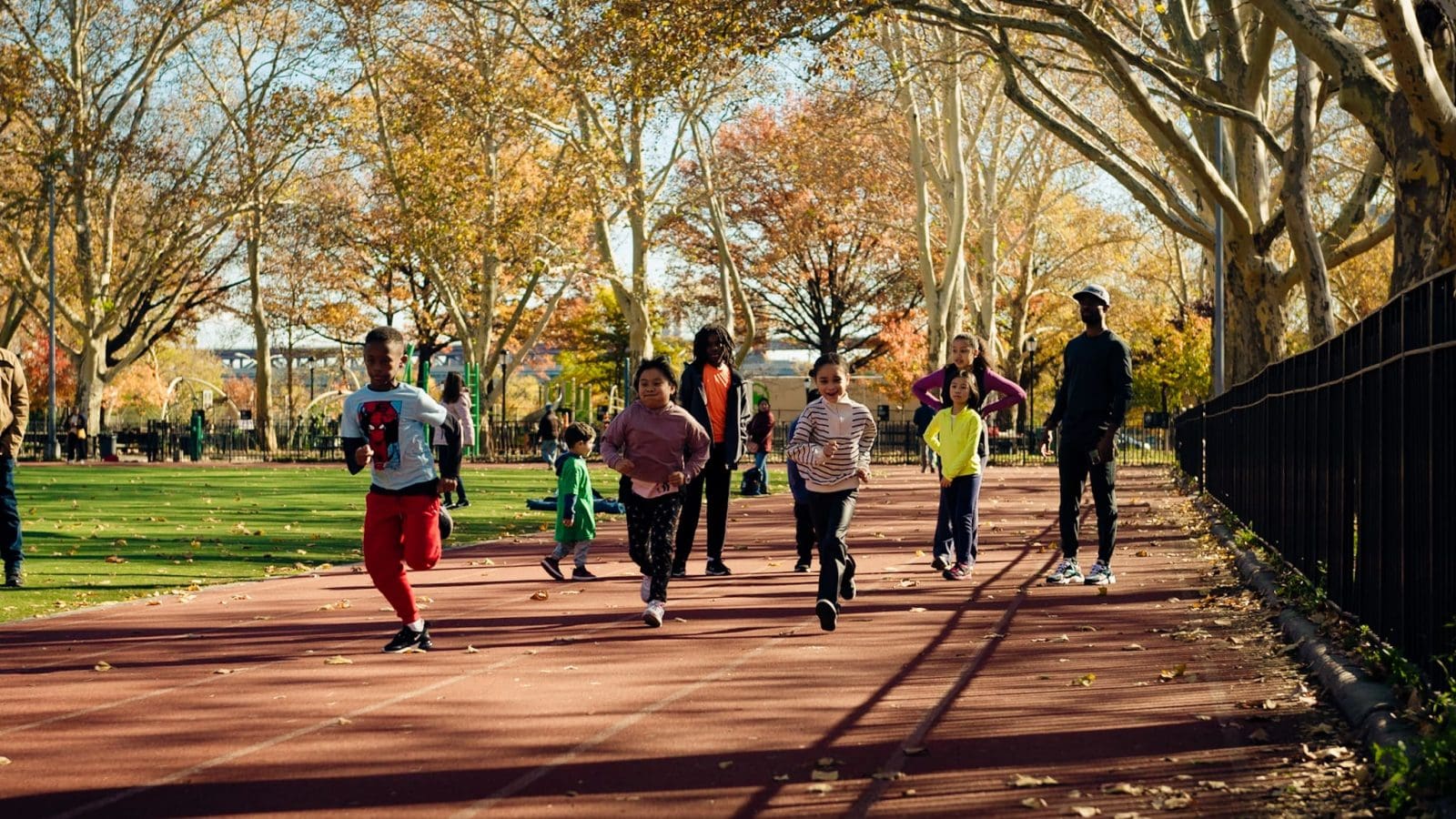
When it comes to collecting things from urban parks, it's essential to understand the distinction between responsible appreciation of nature and activities that can harm the ecosystem or violate park rules.
Generally Acceptable Activities:
Photography: Capture the beauty of nature through photographs.
Birdwatching and Wildlife Observation: Enjoy observing local wildlife from a safe distance.
Responsible Litter Pickup: Help maintain the park's cleanliness by picking up litter and disposing of it properly. However, avoid potentially hazardous items like broken glass or syringes.
Collecting seeds (ethically): If permitted and done responsibly, collecting seeds from wild plants can be a way to propagate them in your own garden and contribute to local biodiversity.
Activities That Require Caution and Respect for Rules:
Foraging for Edible Plants: It's important to be extremely cautious when foraging in urban parks.
Know your plants: Misidentification can lead to serious health issues, as some plants have toxic look-alikes.
Avoid contaminated areas: Steer clear of areas near busy roads, industrial zones, or anywhere with potential chemical contamination.
Understand local regulations: Many parks have rules against foraging to protect plant populations and maintain the ecosystem.
Practice ethical harvesting: If foraging is permitted, only take what you need and leave enough for the plant to survive and reproduce.
Mushroom foraging: Requires extensive knowledge and identification skills. Always seek guidance from experienced foragers or local clubs.
Activities to Avoid:
Damaging plants or removing them without permission: This can disrupt the park's ecosystem and potentially harm protected species.
Leaving trash or equipment behind: Always adhere to Leave No Trace principles and take everything out with you.
In summary, the key to enjoying urban parks responsibly is to:
Know the rules of the specific park you are visiting: Regulations can vary significantly.
Be educated about the plants and animals in the area: This ensures your safety and helps you appreciate the local biodiversity.
Practice ethical behavior: Minimize your impact on the environment and respect the natural resources.
By following these guidelines, you can contribute to the preservation of urban parks and ensure that these vital green spaces remain enjoyable for everyone.
Exploring and Collecting
Near Your Local
Wild Waters
Wild Waters
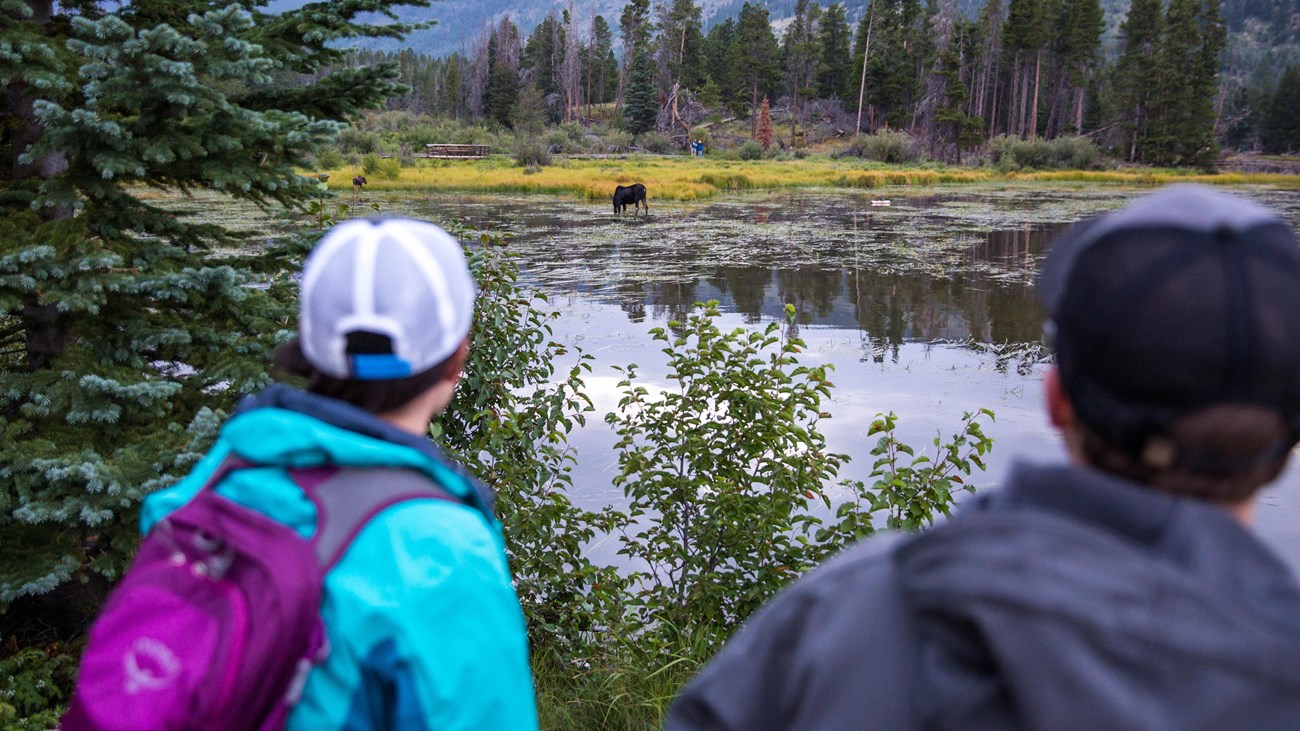
When visiting a lake, there are various natural items that can be collected, including beach glass, stones, pebbles, driftwood, and sometimes even fossils or unusual plant matter. Other items found near the shoreline, like bits of pottery, ceramics, and even marbles, can also be discovered.
Here's a more detailed look at what you might find:
Beach Glass:
This is broken glass that has been tumbled by the water, becoming smooth and often colorful. You can find it by searching along the shoreline, particularly under piles of seaweed or other debris.Stones and Pebbles:
Lakes often have a variety of rocks and pebbles that have been eroded over time. Some, like Petoskey stones, are even fossils of ancient sea organisms.Driftwood:
Logs and pieces of wood that have been washed ashore are common finds on lake shores.Fossils:
Depending on the geological history of the lake, you might find fossils, especially in areas where there was once a shoreline or where rock formations are exposed.Seaweed:
Although often found in marine environments, some freshwater lakes also have seaweed.Ceramic Fragments:
Old pottery or other ceramic items may be found on the shoreline, washed up from the past.Other Items:
You might also find marbles, feathers, or other unusual items, especially in areas where debris has been washed up by the water.
Pond Scavenger Hunt Printable
When collecting samples from a pond, you can find a variety of organisms, including microscopic ones. You'll likely encounter rotifers, crustaceans, microbes, nematodes, and various worms. Additionally, you might find protozoa like water molds, algae, and Paramecium. Larger organisms like insects, snails, and even amphibians can also be found in ponds.
Here's a more detailed look:
Algae, diatoms, Paramecium, amoeba, and heliozoa are common protists found in pond water. You can also find rotifers, copepods, nematodes, and various micro-worms.
Pond skaters, water boatmen, backswimmers, diving beetles, and water scorpions are examples of insects found in ponds.
Water hoglouse and great ramshorn snails are also common invertebrates.
You might encounter frogs, toads, dragonflies, and damsel flies, depending on the pond.
Aquatic plants like water lilies and other plants can also be collected from ponds.
Collecting Loose Parts From the Forest:
Natural Treasures for Open-Ended Play
(and learning!)
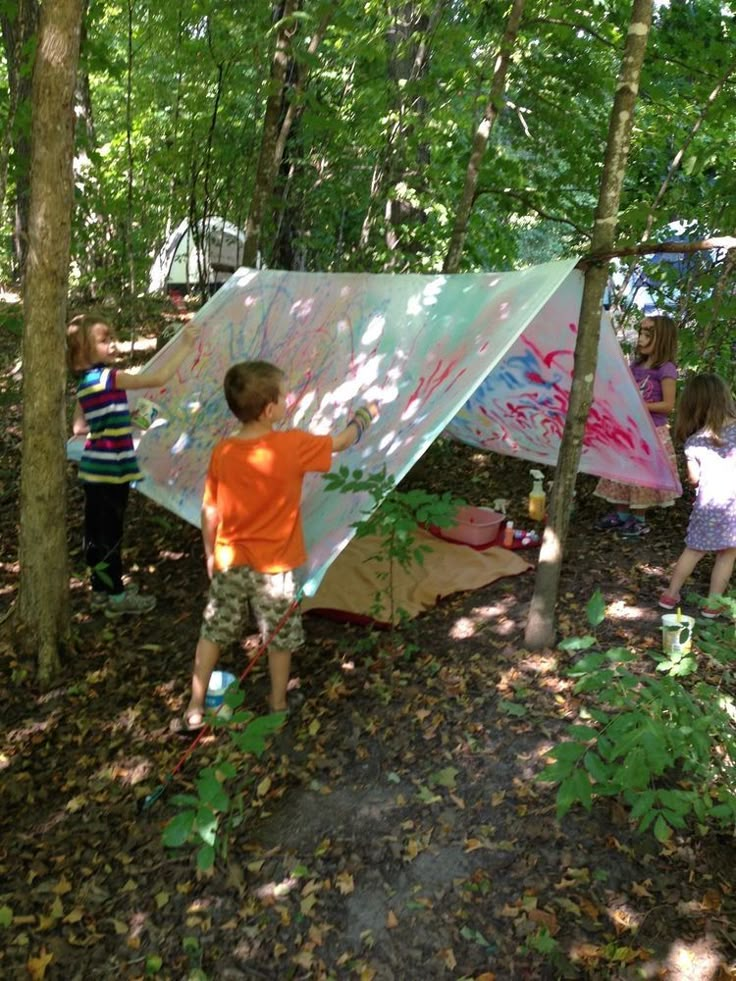
Open-ended toys are growing in popularity because they encourage a child’s creativity and problem-solving skills. Did you know that you can find free or inexpensive open-ended toys that your child will treasure? And, what’s more valuable is that many of these open-ended toys can be collected lovingly from nature? The kind of nature treasures that are available probably won’t surprise you (rocks, flowers, and shells, oh my!), but let’s take a whole new perspective on them today as I introduce you to Nature’s Loose Parts! Read on to know more about the value of loose parts, which one’s to find in nature, and some simple open-ended activities using Nature’s loose parts.
What are Loose Parts?
Loose parts are objects, in our case children’s playthings, that are free from a predefined use and can be moved, manipulated, and used in an endless variety of ways. This means that they are, by their very definition, open-ended toys. Some examples of loose parts are small cloth pieces, blocks, bowls, shells, and sticks. All of these objects have many possible uses: they can be stacked, lined up, tied together and they can be imagined into any kind of pretend object. For example, a stick can be a spoon, a sword, a wand, a pencil, or a broom; the possibilities are limited only to a child’s imagination!
The real value of adding loose parts into child’s play is providing them to children in open-ended activities and play. In this way, a child can determine what to use, how to use it, and the process of how to implement their decisions and goals, which involves a whole lot of thinking skills that are invaluable to their brain development.
Abundant Loose Parts from Nature
Loose parts from nature help children build a personal connection with nature that instills value and compassion for natural and living things.
If you remember anything from this post, remember this: when you go out with your child to collect these precious treasures from nature (or any other toy for that matter), I want you to think about the immense opportunity for open-ended, multi-sensory play that they offer. Some of us (yes, I am in this group too!), with the best intentions, may go straight for the educational opportunity, as in the science, math, and knowledge to be taught about each object. But at a young age, children benefit most from the experience WITH the object in play, the rest can be worked in gently through books, stories, and conversation after their curiosity has been piqued.
And now, here are our favorite loose parts from nature (but, of course there are so many more!):
Nature’s Loose Parts Materials List
Rocks
Sticks
Leaves
Flowers
Seeds/cones (many plants have dry fruits that look like little capsules, these are great and in such huge variety!)
Shells
Tree cuttings (they can be sawed into shorter pieces or left as is for some large and interesting construction opportunities)

Easy peasy, right? Just remember to collect with sustainability in mind. If there’s only one, don’t pick it, and never take more than what you need. We mostly try to pick leaves, flowers, seeds and cones from the ground. Exceptions may be if there’s a specific learning objective about those items or if they are from your own garden.
Collecting on the Shoreline or Waterbanks
There are few greater joys in life than to find yourself on the sun-warmed banks of a river, lake, pond or creek in mid-summer. At this bountiful time of year, between the fervour of spring and idle days of summer, the water's margins billow with great masses of buttery meadowsweet and bedstraw. Butterflies take to the wing, herons stalk, and all the while the river gently glugs. Our canals and lakes deliver a similar sense of peace.
While you're there, why not gain a deeper connection with the flora and fauna of the water's edge. The long, balmy days of late spring trigger the vigorous growth of waterside grasses, plants and trees. Long time angler and river walker Kevin Parr tells us what to look for.
The water's edge is a bustling environment for various animals, including fish like pike and bass, water birds like loons and ducks, and mammals like otters and muskrats. These animals rely on the shallow waters and surrounding shorelines for breeding, nesting, and feeding. In addition, diverse invertebrates like mayflies and insects also find the water's edge crucial for their lifecycle.
Specific examples of animals found along the water's edge include:
Northern pike, bluegills, bass, and many other species utilize the shallow waters for spawning.
Loons, ducks, geese, and other waterfowl nest along the banks and feed on aquatic plants and invertebrates.
Otters, mink, muskrats, raccoons, coyotes, and white-tailed deer may visit the water's edge for various purposes, such as foraging, hunting, or finding shelter.
Frogs and other amphibians lay eggs in the shallow water, while some reptiles, like turtles and snakes, may be found near the shoreline.
Mayflies, insects, and crustaceans live among the vegetation and in the shallow water, providing a food source for other animals.
In tidal zones or sandy beaches, seals, sea lions, crabs, clams, scallops, and sand dollars can be found, along with various rays, skates, and sharks that feed on the sea floor.
Why the water's edge is important:
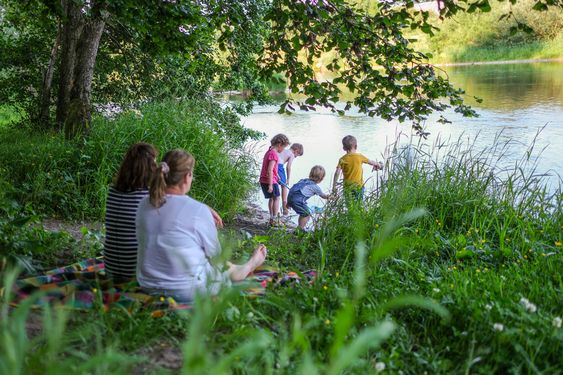
The water's edge provides a rich and diverse habitat that supports a wide variety of plant and animal life. It serves as a crucial breeding ground for fish, a nesting site for water birds, and a source of food and shelter for many other species. However, poorly planned development and pollution can severely impact these delicate ecosystems.
TOP 12 "Playing with Nature" Pages
Building & Displaying A Nature Collection
Discovering Forest Collectables
Incredibly Easy Nature Program
50+ Creative Ways to Use Materials found on Your Nature Walks
Nature walks are fabulous activities for both kids and adults. But what should you do with the treasures found along the way? I’ve rounded up over 50 lovely, creative ways to use the materials found on your nature walks.
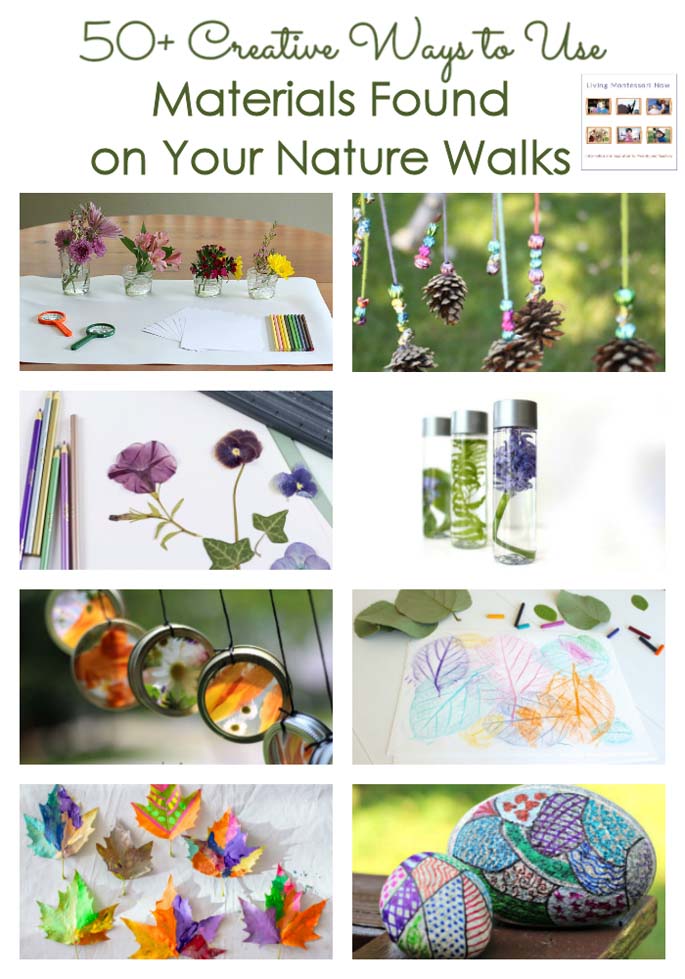
Disclosure: This post contains some affiliate links (at no cost to you).
Here are lots of creative ideas you can use at home or in the classroom with a variety of ages.

Nature Exploration Table (The Imagination Tree)
Flower Exploration Center (Buggy and Buddy)
Invitation to Play and Learn with Numbers and Natural Materials (Fun with Play and Learn)
Nature Exploration Station (Mama.Papa.Bubba.)

Nature Trays and Nature Tables (my roundup post)

Nature Mobile (Danya Banya)
Nature Sensory Bottle (Lemon Lime Adventures)
Nature Pocket Art (5 Minutes for Mom)
Nature Suncatcher Wind Chimes (Hands On As We Grow)
Nature Sensory Bag Suncatcher (Hands On As We Grow)

Stone Pendant (Red Ted Art)
Story Stones (Inner Child Fun)
Zentangle Rocks (Edventures with Kids)
Puffy Painted Rocks (Babble Dabble Do)
Painting with Rocks (Fantastic Fun and Learning)
Building Towers with Natural Materials (Nurture Store)

Story Stones – Farm Animal Families Treasure Basket
Story Stones – Farm Animal Families Treasure Basket (my post)
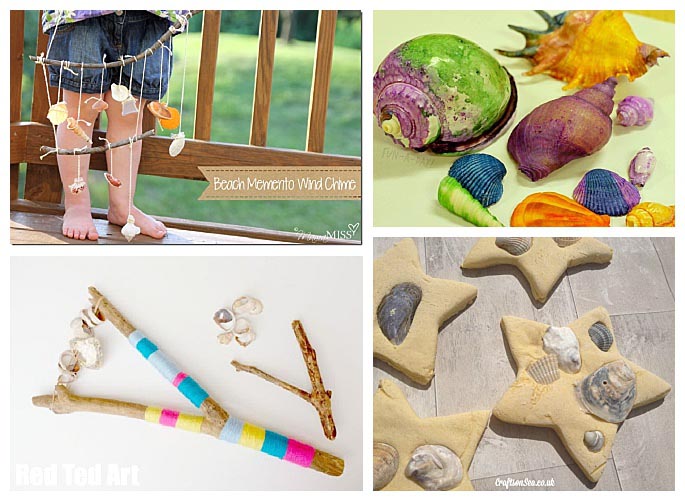
Beach Memento Windchime (Mama Miss)
Shell Painting (Fun-a-Day!)
Driftwood and Broken Shell Rattle (Photo from Red Ted Art)
Seashell Decorations (Crafts on Sea)
Seashell Wall Hanging (Crafts on Sea)
Seashells Sensory Bottle (Rhythms of Play)
Driftwood Boat (Red Ted Art)
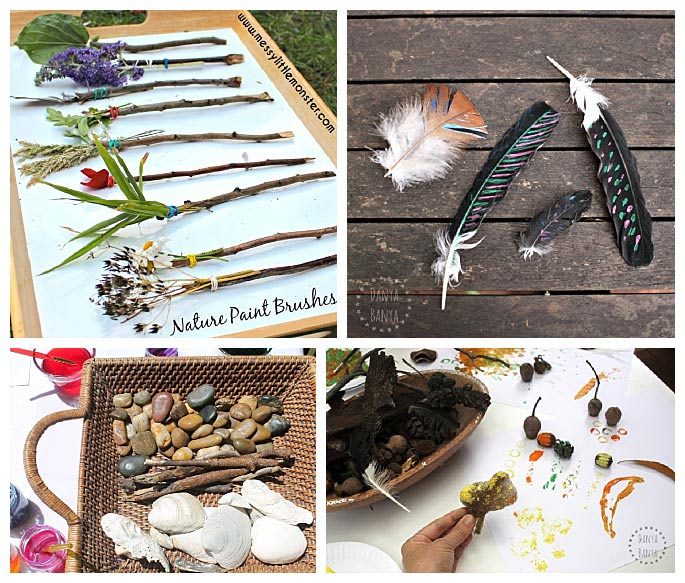
Nature Paintbrushes (Messy Little Monster)
Painting Nature Objects (Natural Beach Living)
Printing with Nature (Danya Banya)
Painting with Flowers (Teach Preschool)
Dandelion Blow Painting (Teach Preschool)
Flower Petal Glitter (Teach Preschool)
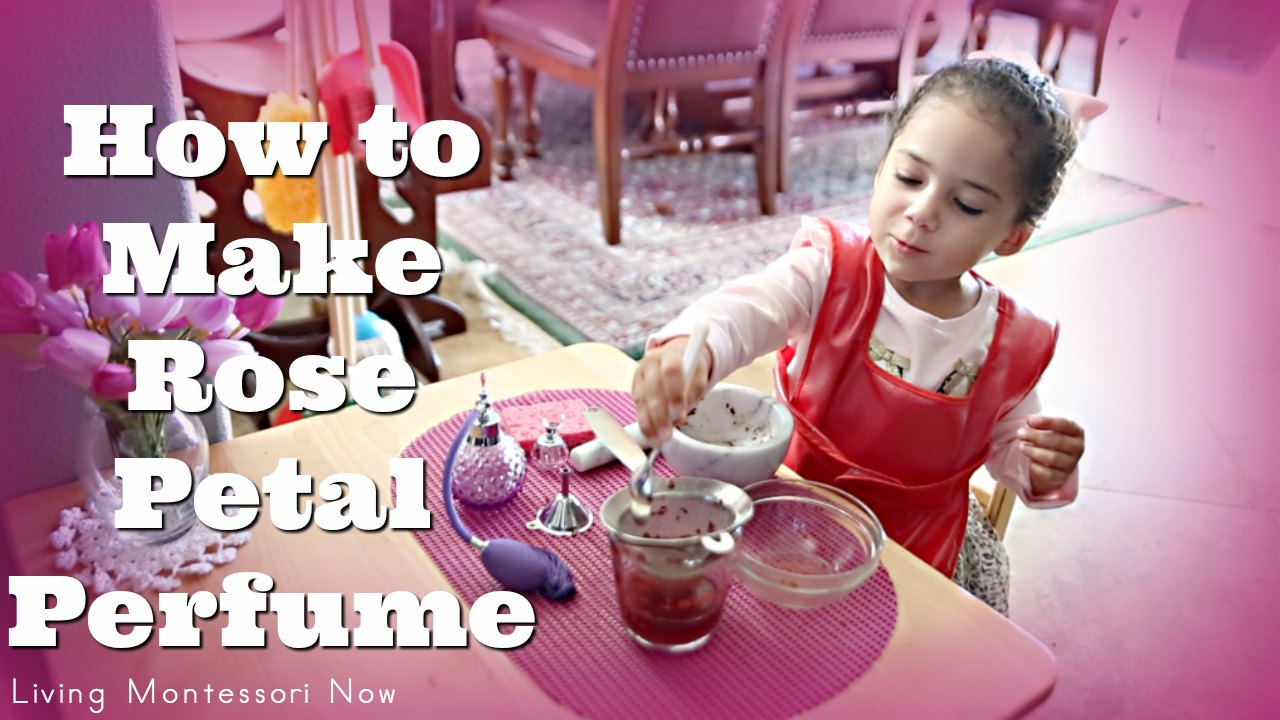
How to Make Rose Petal Perfume (my post)
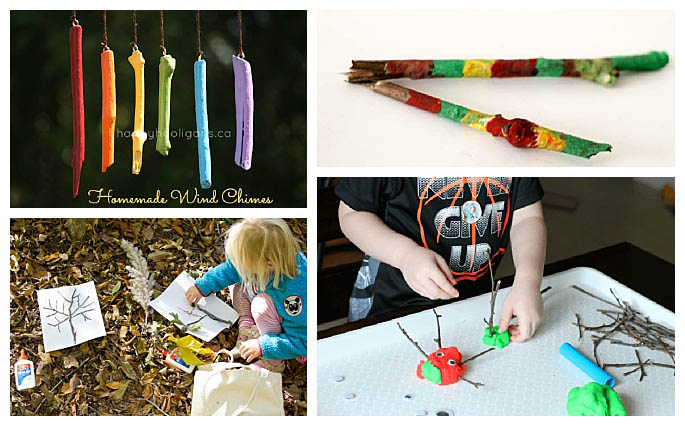
Wind Chimes with Sticks Painted in Rainbow Colors (Happy Hooligans)
Syllable Sticks (In the Playroom)
Nature Tree Craft (Rain or Shine Mama)
Accessories for Playdough Creations (Mom Inspired Life)
Stick Art (Buggy and Buddy)
Bug Hotel (Red Ted Art)
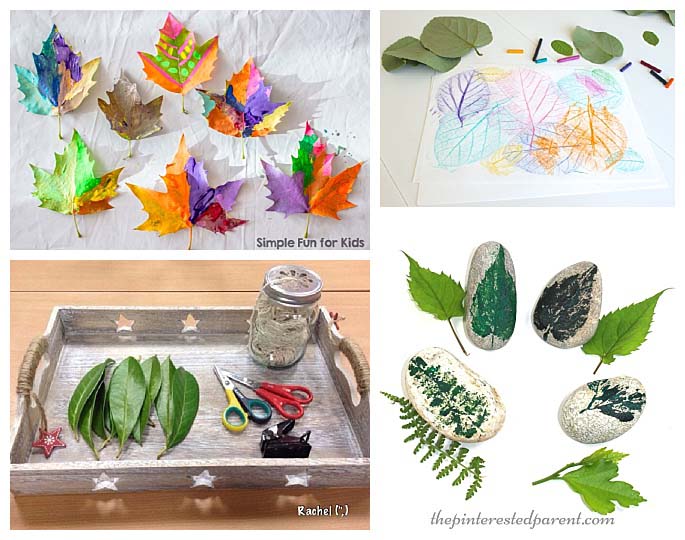
Painting Leaves (Simple Fun for Kids)
Leaf Rubbing Collages (Mama.Papa.Bubba.)
Leaf Threading (Stimulating Learning with Rachael) – blog is no longer available
Leaf Printed Rocks (The Pinterested Parent)
Stick and Leaf Butterflies (Artsy Craftsy Mom)

Nature Resist Tie Dye Shirt (The Pinterested Parent)
Pictures Made with Pressed Flowers (5 Minutes for Mom)
Bookmark Craft Using PressedFlowers and Leaves (Buggy and Buddy)
Flower Mandala Design (Nurture Store)

Bark Owls (Fireflies + Mud Pies)
Bark Painting (Tinkerlab)
Pinecone Mobiles (Happy Hooligans)
Pinecone Bird Feeder (Tinkerlab)
Acorn Necklaces (Arty Crafty Kids)
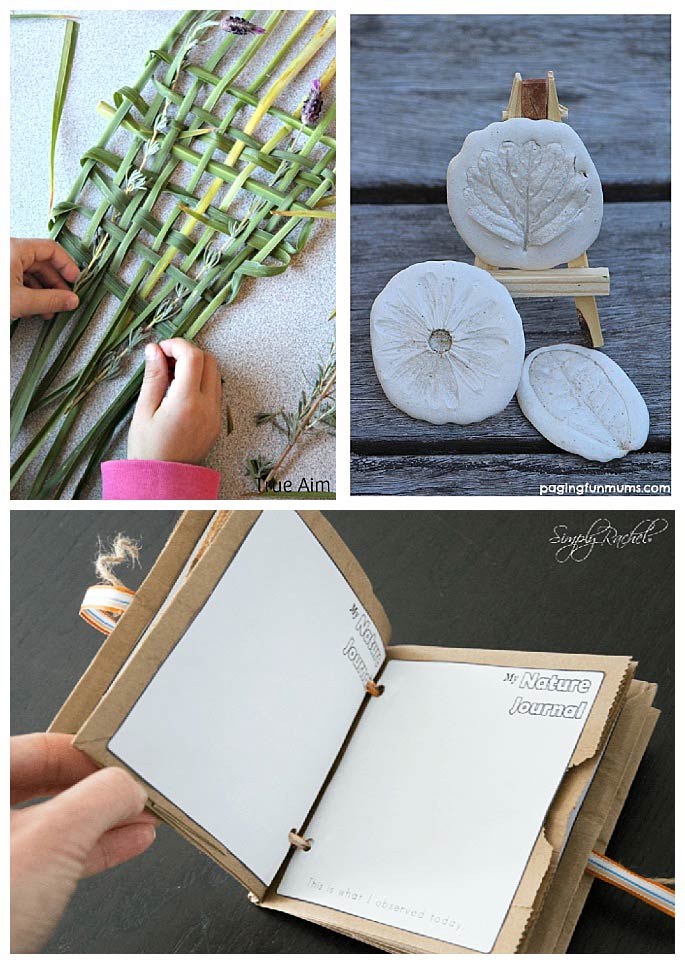
Nature Weaving (True Aim Education)
Nature Impressions Crafts (Paging Fun Mums)
Nature Journals for Kids (Simply Rachel) – blog is no longer available
Nature Impressions (Arty Crafty Home)
Nature Stampers – Impressions in Playdough (Danya Banya)
Nature Ornaments (Danya Banya)
